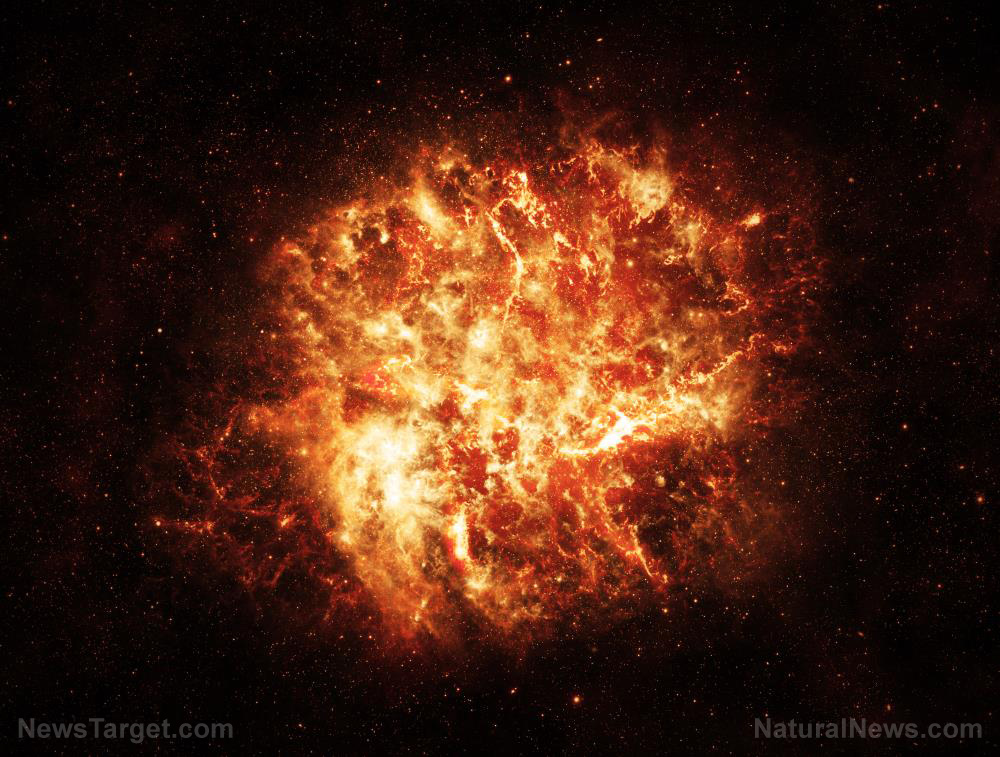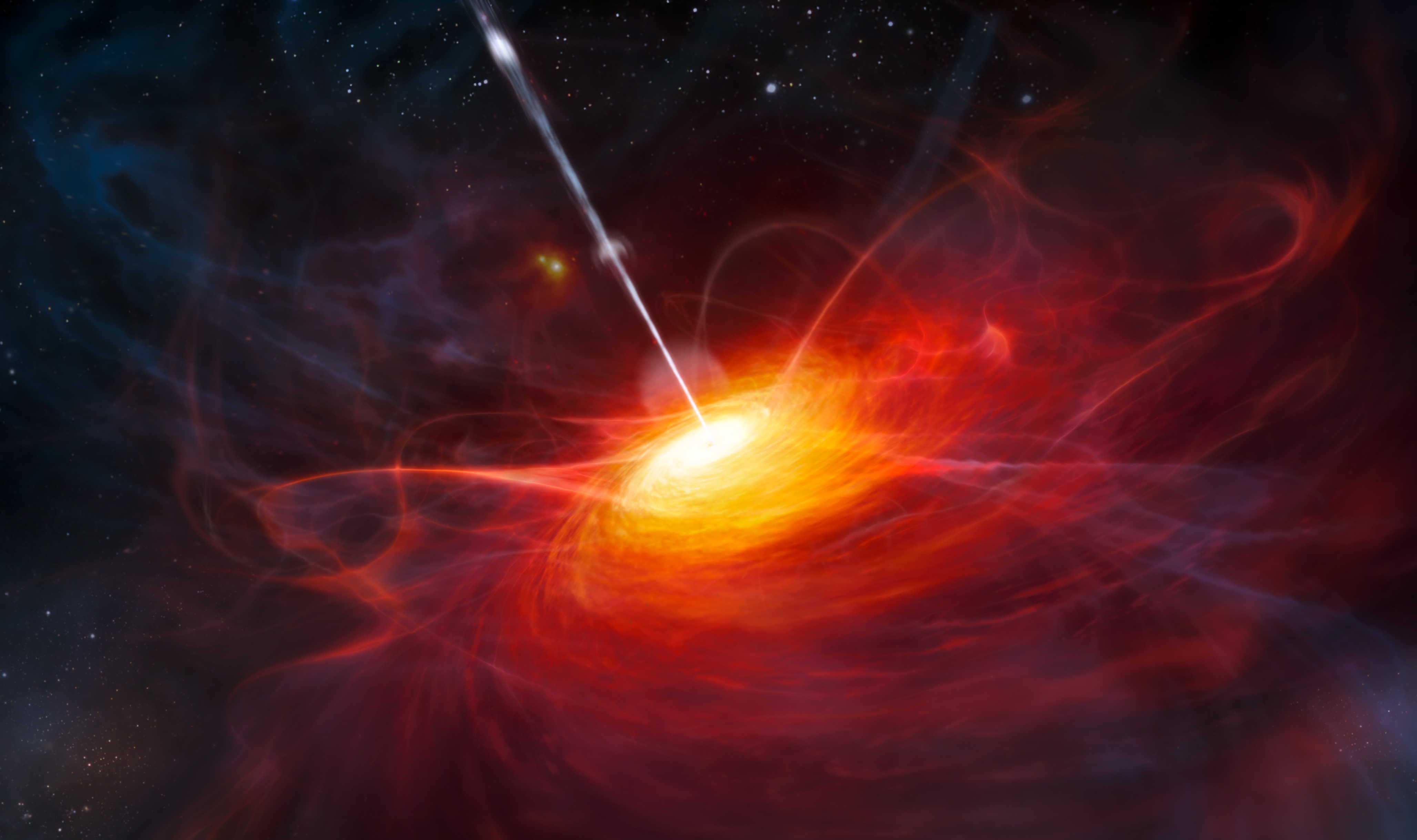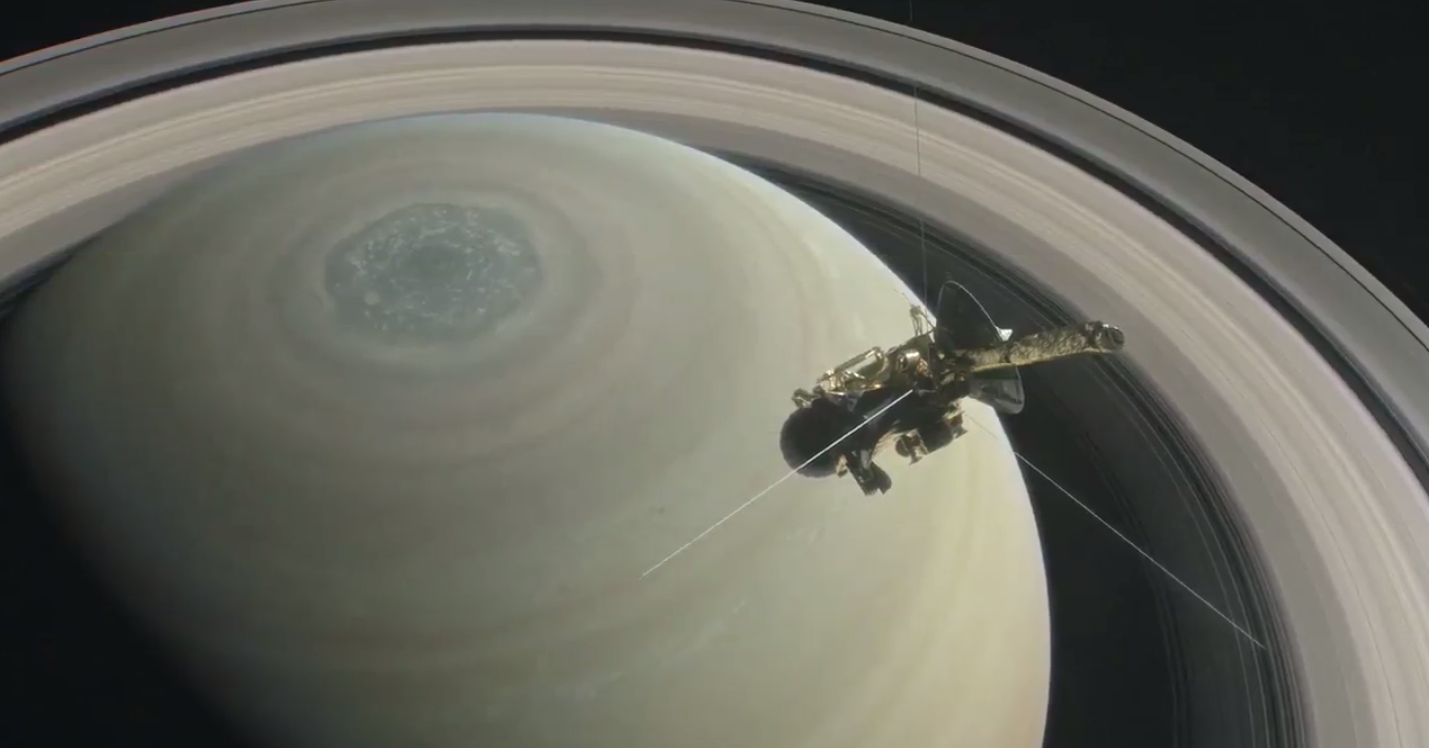Newly-found star system in our galaxy could produce a gamma ray burst, one of the brightest events in the universe
02/16/2019 / By Edsel Cook

We now have proof that there is a star system within the Milky Way galaxy that can give off a gamma ray burst when it finally dies in a couple of hundred thousand years or so — even if we will not be around to witness it finally going off like the massive nuclear firecracker it is.
These bursts are some of the brilliant and intense events known to astronomy. All known examples so far have taken place in galaxies far, far away.
Researchers at the Netherlands Institute for Radio Astronomy (ASTRON) have identified the Apep star system as a potential progenitor of a gamma ray burst. Furthermore, the system is located in the Milky Way galaxy, our home galaxy.
Officially named 2XMM J160050.7–514245, the system got its popular nickname from the serpent-headed deity of chaos in Egyptian mythology. The name is apt, as images show that Apep is ringed by long trails of burning stellar matter that are spinning off into space. (Related: An introduction to the OMG particle: An ultrahigh-energy cosmic ray that is extremely fast.)
The big, binary Wolf-Rayet stars of the Apep system
Apep is a triple star system found 8,000 light years away from Earth. At its heart lies a pair of Wolf-Rayet stars that orbit each other so closely, they look like a single, very big, and blindingly bright star in most images.
The third, more distant member is a supergiant. Although it is one of the most massive and brightest types of stars in the universe, it pales in comparison to the combined luminosity of its neighboring binary.
Wolf-Rayet stars are not just massive celestial bodies. They are also ancient stars that have burned up all of their hydrogen mass. Instead, they use heavier elements as fuel for their thermonuclear fusion. They also rotate so quickly that they hurl their own burning stellar material into space.
This combination of traits makes Wolf-Rayet stars some of the brightest objects in the universe. They stand out against the background light given off by the distant galaxies that contain them.
Like most massive stars, these stars will eventually go supernova. And when one goes out in such a bang, the rest of the universe notices. Researchers theorize that the rare gamma-ray bursts detected from the direction of deep space are emitted by a Wolf-Rayet star gone supernova.
The first star system in the Milky Way that has potential for a gamma-ray burst
In their recently-published report, ASTRON researchers believe that the Wolf-Rayet binary of Apep is a likely candidate for generating gamma-ray bursts when one of the stars eventually undergoes supernova. That makes Apep the first star system in the Milky Way galaxy that can produce such an effect.
The researchers cited the pinwheeling trails of stellar matter around the binary as one of the evidences supporting this. The material is being carried away by stellar winds that are clocked at 2,100 miles per second (3,400 kilometers per second).
In order to generate stellar winds of that speed and length, the Wolf-Rayet stars must be spinning so fast that they are all but ripping themselves into pieces. They are certainly catapulting parts of their own material into space.
The researchers do not know the reason for this self-destructive rotation speed in this kind of stars. However, they suspect that the rapid spinning is in part responsible for the intensity of a gamma-ray burst produced by its supernova.
A Wolf-Rayet star can only maintain its rapid rotation for a couple of hundred thousand years before going supernova. When the ones in the Apep star system go, Earth will have the next best thing to a ringside view of a gamma-ray burst.
Sources include:
Tagged Under: astronomy, astrophysics, gamma ray, massive stars, Milky Way galaxy, Space, space exploration, star system, Stars, supernova, Wolf-Rayet stars



















